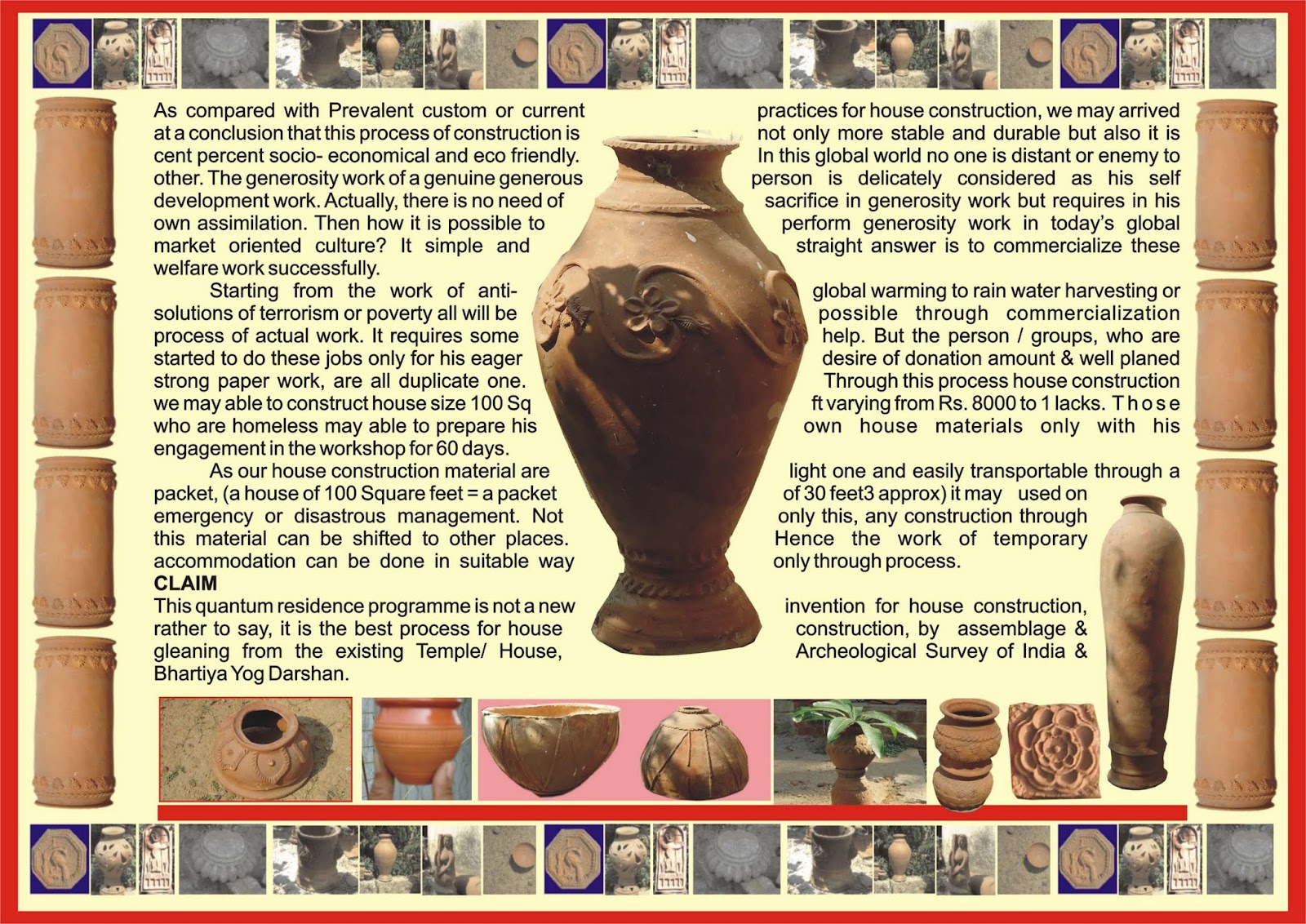Renewable energy and alternative sources of energy are the buzz words in the building industry today.
Photovoltaic roof: beauty and energy without compromise
Solar Photovoltaic (PV) panels allow you to generate your own electricity using energy from the sun. They don't need direct sunlight only daylight, so they also work on cloudy days. By generating your own electricity you could save on your energy bills.
Solar roofing is fast becoming the preferred alternative to conventional roof materials with its increasingly recognized economic benefits. The heating and cooling costs can be cut by up to 30%, simply by installing solar roofing systems.
PAIDS's red clay roof tiles terracotta and incorporate photovoltaic panels, as opposed to merely accommodating them. It's a perfect example of how forward-looking, sustainable technology can exist in harmony with traditional architecture.

























 President, PAIDS
President, PAIDS





